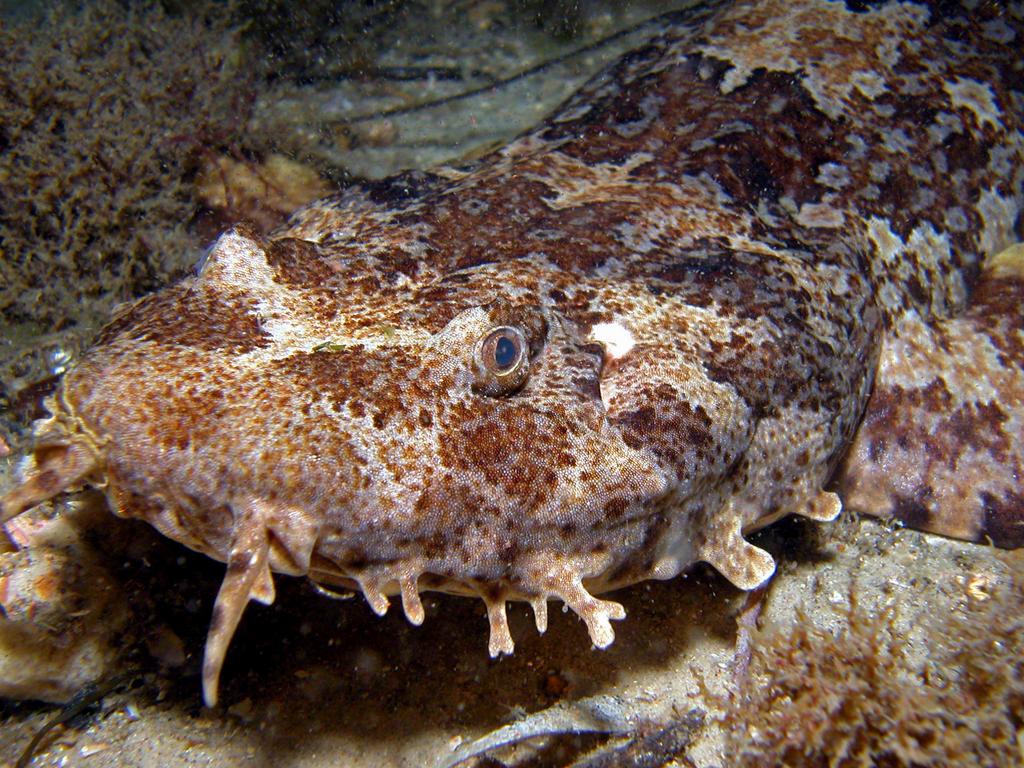New data allows public to view information from all recorded shark incidents
Shark attack data has been made publicly available for the first time, with an interesting trend in Tasmania. INTERACTIVE MAP>>
TASMANIAN shark attacks recorded since 1820 have been mapped out in detail after long-running national records were made publicly available for the first time.
Taronga’s Australian Shark-Incident Database, which describes more than 1000 shark-human interactions that have occurred in Australia over the past 230 years, is now accessible online.
The log of shark incidents, formerly known as the Australian Shark Attack File, was founded by John West in the 1980s and has been maintained by Taronga Conservation Society Australia since 1984.
This data was obtained using questionnaires completed by shark bite victims or witnesses and media reports, and information provided by state and territory fisheries departments.
Only 27 of the recorded incidents occurred in Tasmanian waters, but the data provides an interesting perspective on which locations and activities put people most at risk of shark encounters across the state.
Sharks are known to have claimed the lives of 250 Australians, but only six deaths have been recorded in Tasmania.
The most recent fatality in the state was the tragic 2015 death of a 46-year-old scallop diver in waters off Maria Island.
A 4.3-metre great white shark was reported attacking the man in relatively shallow water, with a local dive tour operator saying sharks were uncommon in the area but were sometimes attracted by a nearby seal colony at Ile des Phoques.
UTAS Institute for Marine and Antarctic Studies associate professor Neville Barrett said while part of the explanation for Tasmania’s low incident numbers was a smaller population, we were also fortunate to have “very little overlap” between swimming and surfing areas and shark feeding hotspots.
“(Great white sharks) are not really less inclined to be in waters around Tasmania but we don’t have areas where they tend to gather in large numbers,” Prof Barrett said.
“We don’t have the seal colonies or really big preferred feeding areas like around some of the Neptune Islands in South Australia, for example.
“We still have a reasonable amount of whites cruising around the coast at any point in time but we’re fortunate to have a lack of hotspots that are where people also like to go, that’s the key.”
The cooler water temperatures around Tasmania did not deter sharks but stopped people swimming year-round, leading to fewer attacks, Prof Barrett said.
“We’ve got less people out their swimming – we’re not out there in the middle of winter like they can be in Perth,” he said.
“We’re much less vulnerable just because we’re not putting ourselves out there as much.”

Underwater activities like diving and spearfishing had led to many of the most recent incidents with sharks in Tasmania, behind four of the six recorded fatalities.
There would always be an inherent risk in spearfishing, Prof Barrett said.
“When you’re spearfishing you’re typically dangling a big string behind you with dead, bleeding fish on it. Sharks are attracted like magnets,” he said.
“Those kind of activities completely lend themselves to not only attracting the sharks, but leading them into a bit of a feeding frenzy where they might attack things they would not normally attack.”
Prof Barrett said the reported 1916 encounter of a man with a wobbegong shark near Burnie would have been “extremely rare”.
There was a good reason the wobbegong had bitten the man’s boot but fortunately not injured him, he said.

“He must’ve trodden on it - we typically call them ‘grumpy sharks’ because they’re don’t have much in the way of teeth but they’ve got these very strong jaws.
“You’ll see someone running out of the water with one just latched onto their bum and not letting go.
“You’re unlikely to die from being attacked by a Wobbegong but you could drown if one latched on, because they can weigh as much as you.”
Prof Barrett said he was particularly surprised at the 1890 report of a male sustaining major lacerations to his thigh from a broadnose sevengill shark in the Derwent River.
“They have never been known to attack humans ... they’re big friendly puppies really,” he said.
“There are probably hundreds of them out here in the Derwent and Frederick Henry Bay.”
More Coverage
Originally published as New data allows public to view information from all recorded shark incidents





